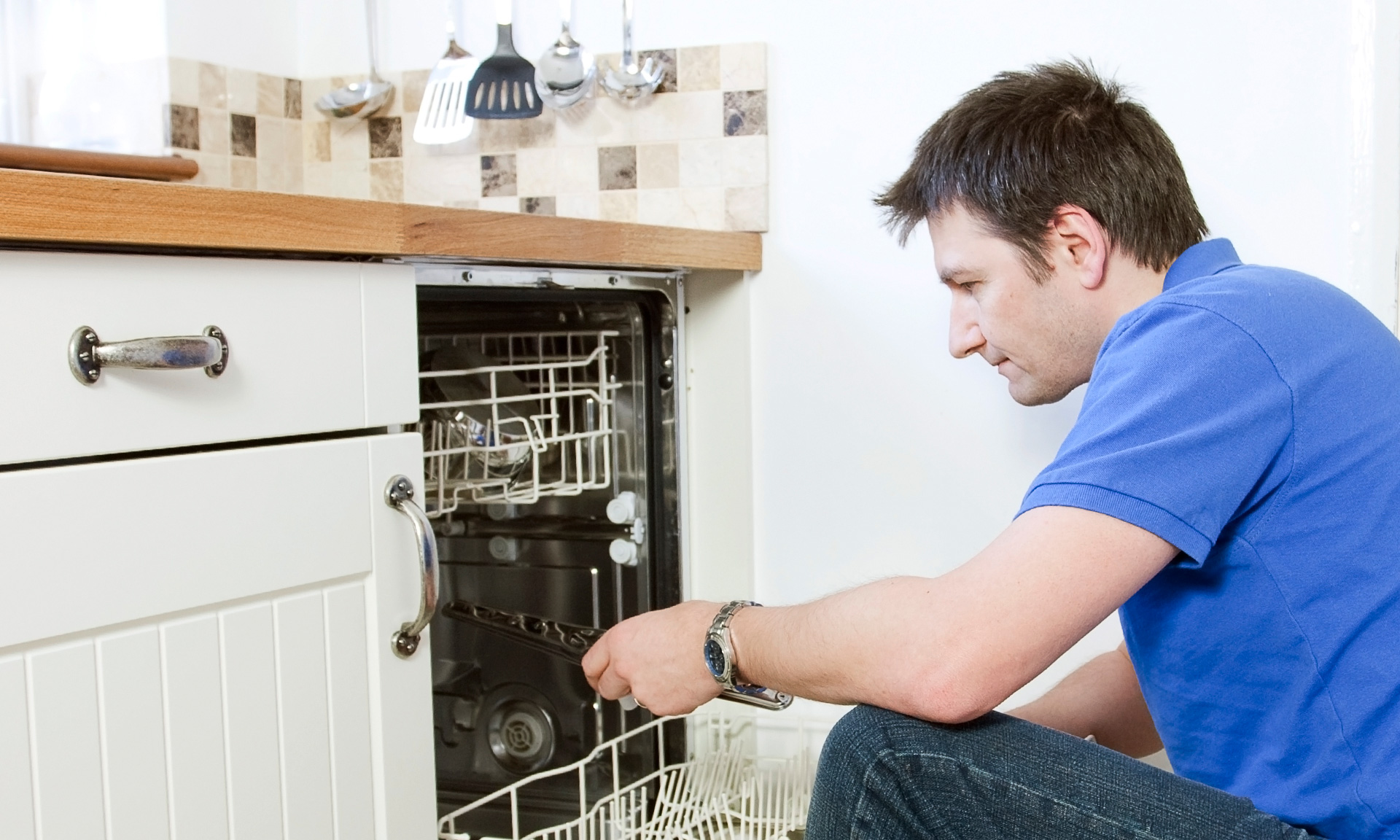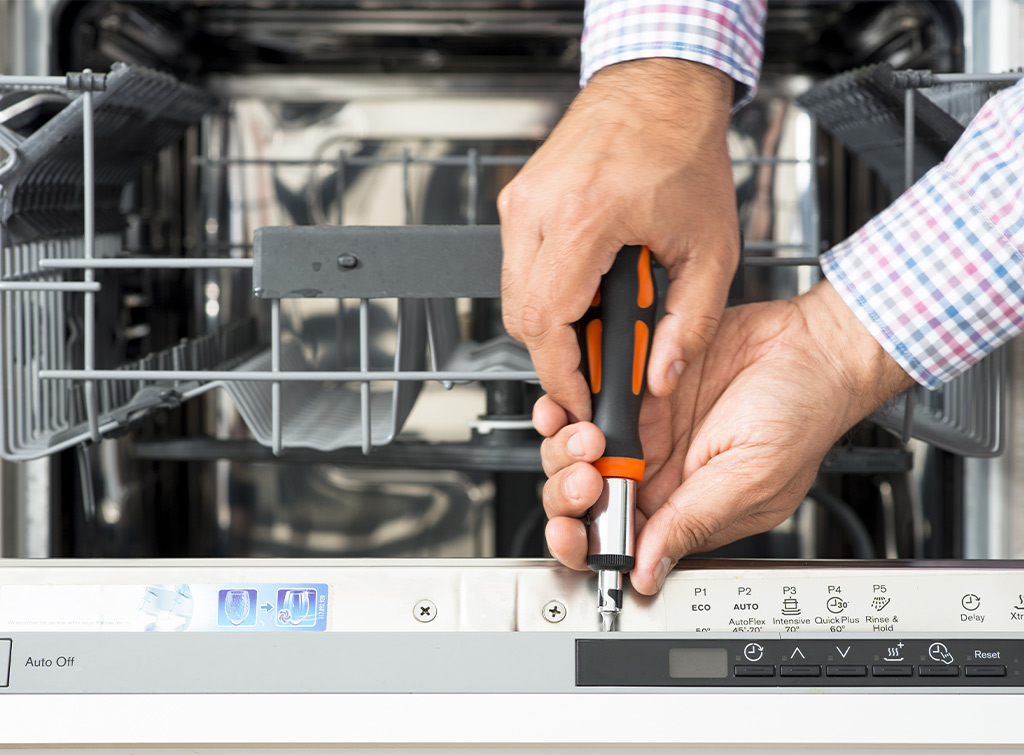Six Steps to Take Prior to Dishwasher Installation: Guaranteeing a Smooth Process
Six Steps to Take Prior to Dishwasher Installation: Guaranteeing a Smooth Process
Blog Article
We've unearthed this article relating to How to Install and Connect a New Dishwasher listed below on the net and reckoned it made sense to share it with you on my blog.

Fixing a new dishwasher right into your residence is no small joke, specifically if you're getting the equipment online. Obviously, we recommend that you collaborate with your plumber due to the fact that they are professionals at dishwasher installation. Plus, we have actually done this before so we can stay clear of small blunders that can cause a lot of pain over time.
The six hacks will make your dish washer installation as smooth as possible.
Find the electrical resource
Prior to welcoming your plumbers over, make sure that there is a power outlet close to your recommended dishwasher place. If there isn't, you might require to run a cord to that place. These small miscalculations can make or mar your experience, so you would do well to check ahead of time.
You can use this chance to check that your kitchen has an independent control to ensure that you can turn off the kitchen's power at the same time while delighting in power in the remainder of your residence. This simple component can stop several accidents as well as save you some money.
Ensure the parts are total
If you're purchasing an inexpensive dishwashing machine, opportunities are that the components aren't complete. You can check the information supplied concerning the item to confirm. If it isn't, you might need to go shopping for parts with your plumber. Check for a consumption pipe, a power cord or even a steam nozzle.
There is a big possibility of buying dissimilar components, so consult someone with a great deal of experience, to put it simply, your emergency plumbing professionals.
Inspect your water shut-off valve
Your dish washer will certainly have its own connection. It might be attached to your cooking area sink's supply, or it may have its own fixtures from your main. However, you need to know that you can control the water that provides your brand-new dish washer.
While getting ready for the setup, turn off all links to the kitchen area. This can avoid accidents and disturbances.
Inspecting your shut-off shutoff before your plumber gets here can also prevent you from unforeseen spendings since you can't link a new dishwashing machine to a damaged shut down shutoff.
Likewise make certain that there are no cross connections that can prevent your dishwasher from fuming water.
DEVICES
Obtain the ideal measurements.
It is really crucial that your dishwashing machine suits completely with the remainder of your kitchen appliances. Prior to you position an order for the dishwasher, take a measuring tape and also measure front the top of the kitchen table to concerning an inch off the flooring. This is a common blunder many individuals make. If you determine from the top of the table to the floor, your dish washer might be an inch greater than the table when it shows up.
Additionally, take the protrusion into account. European as well as American dish washers have various thicknesses, so always consult your plumber.
Talk about placing.
The very best place to fix your dishwasher is right beside your sink, or below it. The further your dish washer is from your sink, the less practical the design. If you have any kind of aesthetic goals for your dishwashing machine, talk to your plumber regarding them. Always interact with your plumber.
How to Install a Dishwasher: A Step-by-Step Guide
Pick the right dishwasher
Since a dishwasher is an investment, you'll want to make sure you're putting your money into something that will give you sparkling-clean dishes for years to come.
Noise level Cycle options, like express cleaning or rinse-only Efficiency (fortunately, virtually any dishwasher will save water over hand washing) Finish Don't rush this decision. Do your homework and pick the dishwasher that's right for you.
Get your old dishwasher out (if applicable)
Safety (and mess-avoidance) first: Turn off electricity to the dishwasher at your circuit breaker and turn off the water supply using the valve under the sink.
At the bottom of your dishwasher, you should see a front access panel. Take this off using a screwdriver.
Disconnect the wiring connections and the water supply. The latter will probably have water in it, so have a bowl and some rags handy. Disconnect the drain hose, too.
Now, detach the dishwasher from any anchor points. These are usually located on the underside of your counter and the adjacent cabinets.
Finally, reach under the bottom of the dishwasher. It has four leveling legs that keep it flush with the top of the counter. Using pliers, adjust those to lower the dishwasher so you'll be able to pull it out.
Before you give it a tug, put some cardboard (the box from your new dishwasher will work) or an old blanket down so you don't scratch up your floor.
Hook up water, power and the drain hose
If you didn't have an old dishwasher to remove and skipped that step, now's the time to turn off the electricity (at your circuit breaker) and water (at the valve under your kitchen sink). You might also need to drill holes in the cabinet between where the dishwasher will go and the area under your sink. This will let you run the power cord, water supply and drain hose through.
Position your dishwasher near the gap where it will be installed and take off the front access panel. Depending on where the connections are, you may want to carefully lay it on its back for easier access.
Electrical
Identify the wire connection housing. It likely has a cover you'll need to remove. Your dishwasher comes with a power cord -- thread the end you don't plug into an outlet into there. Connect the wires to the respective wires of the same color (e.g., green to green, white to white, black to black). Replace the wire housing cover. Thread the cord under your sink and plug it in.
Water supply
Your dishwasher probably came with a small, 90-degree fitting that connects to the back of the unit, letting the water supply line extend parallel to the back of the dishwasher. Attach that first. Then, connect the water supply line that your dishwasher came with from the valve under your sink, through the hole in your cabinet, to that piece on the back of your dishwasher.
Read the manufacturer's instructions. Many dishwasher water supply connections are compression fittings, but you might need joint compound to get a leak-free fit. Add joint compound, if needed, and tighten the water supply line to the dishwasher and to the water connection under your sink by hand. Then, grab a wrench and give them a quarter-turn for a tight fit. Don't over-tighten or you could strip the threads.
Get the dishwasher in place
Now, if you put the dishwasher on its back, carefully tip it so it's right side up. Slowly and carefully push it into the space under your counter.
You may want to have a second person pull the power cord, water supply and drain hose through the hole in your cabinet as you do this to ensure any slack doesn't get caught under the dishwasher. You can feed any excess back behind the dishwasher once it's in place.
Test it out
Before you do all the fiddly work of getting your dishwasher perfectly positioned and anchored, run a full cycle. Don't forget to turn the water and power back on first.
If the dishwasher turns on, great -- you at least got the electrical connections right. If it doesn't, you may want to call a local electrician to come help you out.
As it runs (and afterward), check for leaks. Tighten any connections as needed, working in small increments to avoid over-tightening.
Level and anchor it
Once you're sure the dishwasher is working like it's supposed to, grab some pliers. Use those to adjust the legs under the dishwasher so that it's flush with your countertop. Grab your level to confirm it's flat or you could run into problems with drainage.
Finally, grab the brackets it came with and use those to anchor the dishwasher to the underside of your cabinet and the adjacent cabinets.

We had been made aware of that editorial on How to install a dishwasher safely through an associate on a different web address. Are you aware of somebody else who is fascinated about the subject? Feel free to share it. Thanks a lot for taking the time to read it.
Expertise at your service. Report this page